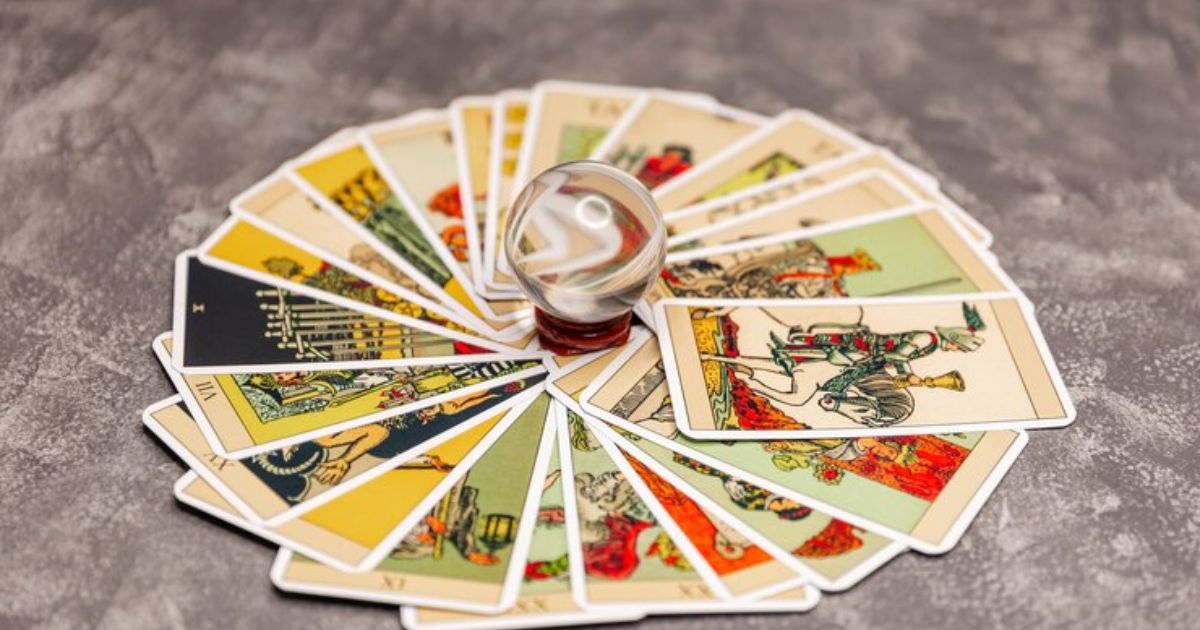Have you ever wanted to create your own collection of unique and personalized trading cards? Look no further! In this comprehensive guide, we will delve into the art of printing your own trading cards. From selecting the right materials to mastering the printing methods, we will equip you with the knowledge and skills needed to bring your creative vision to life. So, join us on this exciting journey and become the proud creator of one-of-a-kind trading cards that will surely make you the envy of collectors everywhere.
Key Takeaways
- Choose high-quality cardstock paper and consider a glossy finish for enhanced visual appeal.
- Use a high-resolution printer for vibrant and detailed prints.
- Select the most suitable printing method for your trading cards.
- Sleeve your cards to protect them from wear and tear and add a professional touch to your collection.
Choosing the Right Materials
One must carefully select the appropriate materials when printing their own trading cards. The choice of materials can greatly impact the final quality and durability of the cards. Firstly, it is important to choose a high-quality cardstock paper that is thick enough to withstand frequent handling, but not too thick that it becomes difficult to cut and handle.
Consider the finish of the paper, as a glossy finish can enhance the visual appeal of the cards and make the colors pop. In terms of ink, it is recommended to use a high-resolution printer that can produce vibrant and detailed prints.
Finally, consider using a laminating machine or clear card sleeves to protect the cards from wear and tear. By selecting the right materials, you can ensure that your printed trading cards are of the highest quality and will stand the test of time.
Designing Your Cards
When designing your cards, it is important to carefully consider both the visual elements and the content that will be featured on each card. Here are three key aspects to focus on when designing your own trading cards:
- Visual Appeal: Create eye-catching designs that stand out and capture the attention of your audience. Use vibrant colors, appealing illustrations, and attractive typography to make your cards visually appealing.
- Brand Identity: Develop a consistent brand identity for your trading cards. Incorporate your logo, choose fonts and colors that align with your brand, and ensure that your cards reflect the overall look and feel of your brand.
- Engaging Content: Craft compelling and informative content for your cards. Whether it’s showcasing player statistics, game rules, or interesting facts, make sure the information is accurate, concise, and engaging.
Selecting the Printing Method
To ensure the highest quality and desired results, carefully consider the printing method and choose the most suitable one for your trading cards. The printing method you choose will greatly impact the overall look and feel of your cards. There are several options to consider, such as digital printing, offset printing, and screen printing.
Digital printing is ideal for small quantities and allows for customization with vibrant colors and intricate designs. Offset printing is best for larger quantities, offering professional-grade results with sharp details and consistent colors. Screen printing, on the other hand, is great for specialty finishes like metallic or fluorescent inks.
Each method has its own advantages and limitations, so it’s important to weigh your options before making a decision. Once you’ve selected the printing method, it’s time to move on to the next step: printing your cards at home.
Printing Your Cards at Home
Utilize your home printer to produce your own trading cards with professional-looking results. Printing your cards at home not only allows you to have complete control over the design and production process, but it also creates a sense of belonging as you bring your creative vision to life. Here are three reasons why printing your trading cards at home can be a rewarding experience:
- Personalization: With your own printer, you can customize every aspect of your trading cards, from the artwork to the text, ensuring they truly reflect your style and personality.
- Cost-effectiveness: Printing at home eliminates the need for expensive professional printing services, saving you money in the long run.
- Immediate gratification: Rather than waiting for your cards to be printed and shipped, printing at home allows you to see the final product right away, bringing a sense of excitement and fulfillment.
Cutting and Trimming Your Cards
Occasionally, in order to achieve a professional and polished look, it is essential to carefully cut and trim your printed trading cards. After printing your cards, it is important to use a sharp pair of scissors or a paper trimmer to ensure clean and straight edges.
Take your time and follow the guidelines you have set while printing the cards to maintain consistency in size and shape. Pay attention to details, such as borders and text, to ensure they are not cut off or uneven.
By taking the time to cut and trim your cards meticulously, you will elevate the overall quality and appearance of your trading cards. Once your cards are neatly trimmed, you can move on to the next step of sleeving them for added protection.
Sleeving Your Cards
Safeguarding your cards by sleeving them is an essential step in preserving the integrity and longevity of your printed trading cards. Sleeves not only protect your cards from wear and tear, but also add a professional touch to your collection. Here are three reasons why sleeving your cards is a must:
- Protection: Sleeves act as a shield against dirt, moisture, and fingerprints, keeping your cards in pristine condition. This ensures that your cards remain playable and maintain their value over time.
- Durability: Sleeves provide an extra layer of protection, preventing the edges and corners of your cards from getting damaged during shuffling or frequent handling. This is particularly important if you plan on using your cards for competitive gameplay.
- Customization: Sleek and transparent, sleeves allow you to showcase your favorite cards while also providing an opportunity for personalization. Many sleeves come in various designs, allowing you to express your unique style and create a sense of belonging among fellow collectors.
Bonus Step: Laminating Your Homemade Cards
Enhance the durability and professional appearance of your homemade trading cards by laminating them. Laminating your cards not only protects them from wear and tear but also gives them a polished and sleek look.
By encapsulating your cards in a layer of plastic, you are ensuring their longevity and preserving their value. Laminating also adds a sense of authenticity and professionalism to your creations, making them feel like official trading cards. To laminate your homemade cards, you will need a laminating machine and laminating pouches. Simply place your cards inside the pouches, ensuring they are centered and aligned properly, and feed them through the laminating machine.
The heat and pressure applied during the process will seal the pouch and create a sturdy protective layer around your cards. Once laminated, your homemade trading cards will be ready to impress and withstand the test of time.
Frequently Asked Questions
How Can I Ensure That My Homemade Trading Cards Have a Professional Look and Feel?
To achieve a professional look and feel for homemade trading cards, attention to design elements such as high-quality images, consistent branding, and a polished finish is crucial. Using professional printing services can enhance the overall appearance and appeal of the cards.
What Are Some Creative Ways to Display and Store My Homemade Trading Cards?
There are several creative ways to display and store homemade trading cards. Options include using binders with clear plastic pages, card sleeves and top loaders, magnetic cases, or creating custom frames or shadow boxes for a more visually appealing presentation.
Can I Use Regular Printer Ink or Do I Need Special Ink for Printing Trading Cards?
When printing trading cards, it is advisable to use special ink designed for this purpose. Regular printer ink may not provide the desired quality or longevity. Special ink ensures vibrant colors, sharp details, and durability, resulting in professional-looking trading cards.
Are There Any Legal Considerations or Copyright Issues I Should Be Aware of When Creating and Printing My Own Trading Cards?
When creating and printing your own trading cards, it is important to be aware of legal considerations and copyright issues. Ensure that you have the necessary copyrights or licenses for any images or designs used, and avoid infringing on others’ intellectual property rights.
Can I Sell or Trade My Homemade Trading Cards, and if So, Are There Any Guidelines or Restrictions I Should Follow?
Yes, you can sell or trade your homemade trading cards. However, it is important to familiarize yourself with any applicable guidelines or restrictions, such as licensing requirements or intellectual property rights, to ensure compliance and avoid legal issues.
Conclusion
In conclusion, printing your own trading cards can be a fun and creative project. By choosing the right materials, designing your cards, and selecting the appropriate printing method, you can bring your vision to life.
Don’t forget to carefully cut and trim your cards, and consider sleeving and laminating them for added durability. So go ahead, unleash your inner artist and create your own unique set of trading cards. Who knows, you might just become the next big collector’s item!











